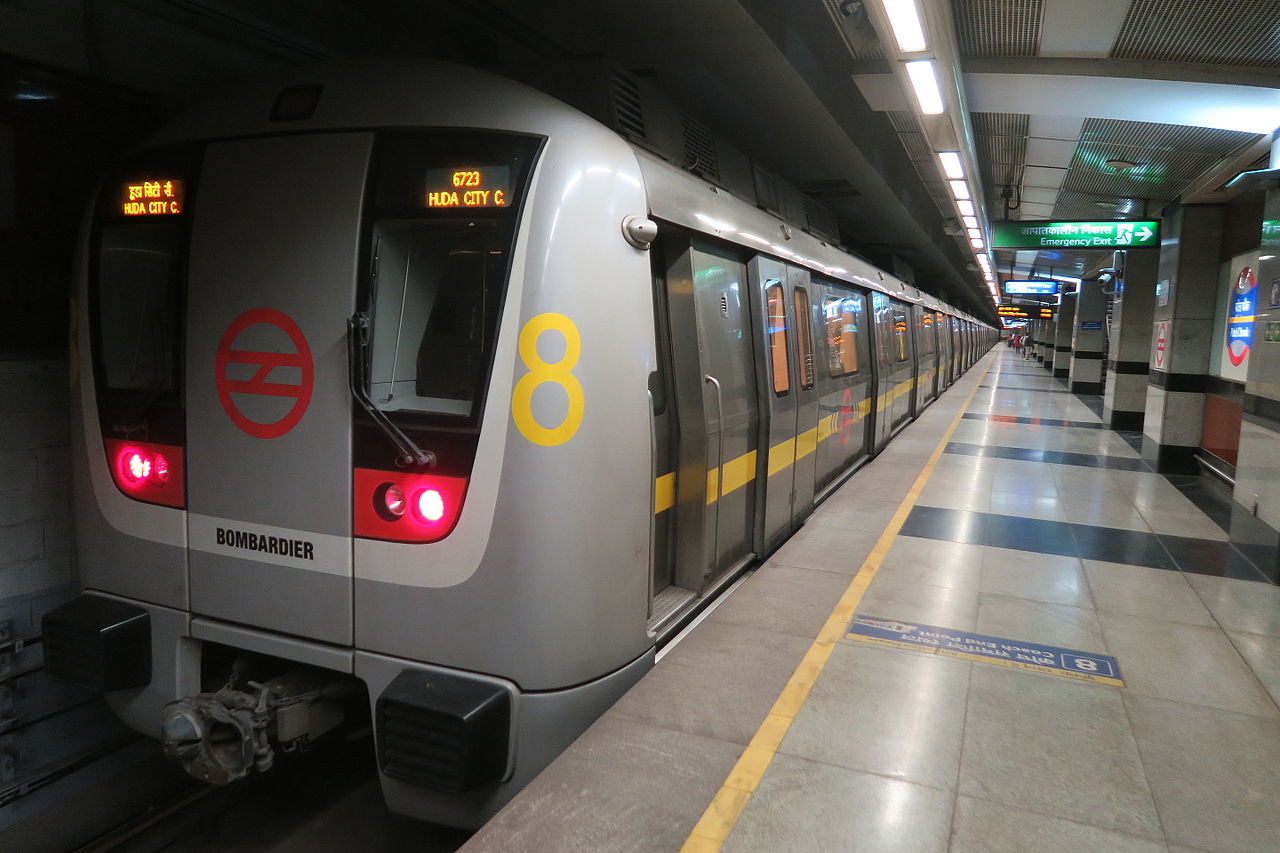This 4 part series is an extract from ‘Leading with passion’ workshop – a leadership development programme conducted for finance professionals from BDO, Mauritius. Not intended to be a deep dive, the objective was to give seasoned professionals, insights into the Indian landscape from a people and cultural perspective.
Quick look at Economics
In the 90’s, liberalization had set the ball rolling on economic reforms after a long hiatus. In the new millennium as knowledge based economies see an upsurge, India with its burgeoning middle class with high disposable incomes is now entering a phase of demographic dividend, where millennials would constitute majority of the workforce. Technology would definitely dominate and so would start-ups. Despite a growing number of start-ups packing up in the first few years, India has emerged as the second largest start-up base and Nasscom has forecast this number to reach 10,500 by 2020.
The startup landscape in the country is becoming the epitome of innovation, with companies bringing out solutions that are aimed at solving locally relevant issues. Nasscom believes that the contribution by startups have been growing at a rapid rate and the landscape has a huge potential in terms of business stability, revenue growth and further innovation.
Nasscom Chairman, C P Gurnani
Are there rules to follow or break ? Trends to ride on or keep away? This 3 part series takes you on quick tour of what it means to do business in an emergent India that is on the upsurge.
First, a quick look at India’s economic bulwark. Having maintained a consistent GDP growth rate averaging 7% since the last two decades, India is one of the fastest growing major economies along with China. This year India surpassed the GDP of its colonizer much ahead of the projected 2020 coming in 5th behind US, China, Japan & Germany. That being said, we are still miles away from an equally attractive per capita income and in terms of quality of life of the citizens per capita income is a better predictor than the GDP.
source: tradingeconomics.com
That being said, we are still miles away from an equally attractive per capita income and in terms of quality of life of the citizens per capita income is a better predictor than the GDP.
Like all knowledge based economies, services sector in India accounts for roughly half the GDP. Make in India and Skill India are some concerted steps in the right direction to fill the gap. In light of the protectionist regimes sprouting up across the globe, manufacturing, would be a key growth engine for an emerging India. The Government’s targeting an increase in manufacturing output to 25 % of Gross Domestic Product (GDP) by 2025, from the current 16 %.
 The story of growth would be incomplete without a mention of India’s FDI policy. The increase in the upper limit on Foreign Direct Investment from 26% to 49% in insurance and 25 other sectors has boosted the sector quite significantly.
The story of growth would be incomplete without a mention of India’s FDI policy. The increase in the upper limit on Foreign Direct Investment from 26% to 49% in insurance and 25 other sectors has boosted the sector quite significantly.
Investments have been pouring in from global giants like Siemens, Boeing, GE and most recently Apple, Coca-Cola, Panasonic, Airbus, Huawei who either independently or through bilateral programmes are setting up manufacturing plants.
Data source: www.rbi.org
Even as General Motors threw in the towel in India, they would continue assembling and focus on its technology centre in Bangalore. No surprises then that Foreign Direct Investment (FDI) inflows in India’s manufacturing sector grew by 82 per cent to US$ 16.13 billion during April-November 2016.
How does the changing economic climate impact people management. As the world shrinks rapidly, what are some of the key challenges that leaders face. Let’s explore that in some more detail in the next part of this series, Globalization & Cultural Contexts
Source: weforum.org



